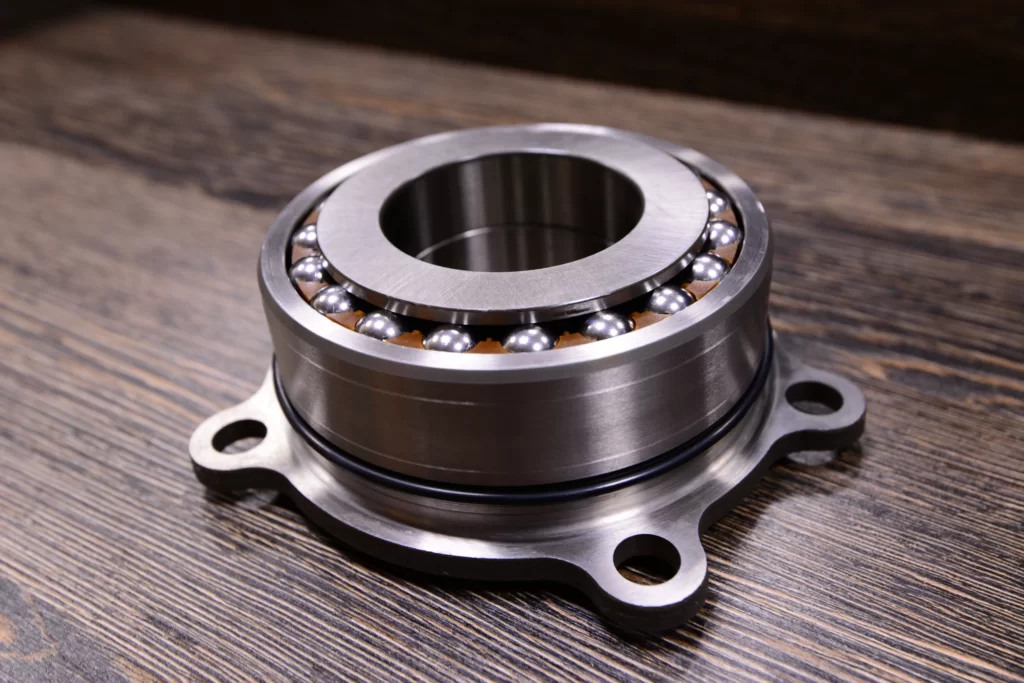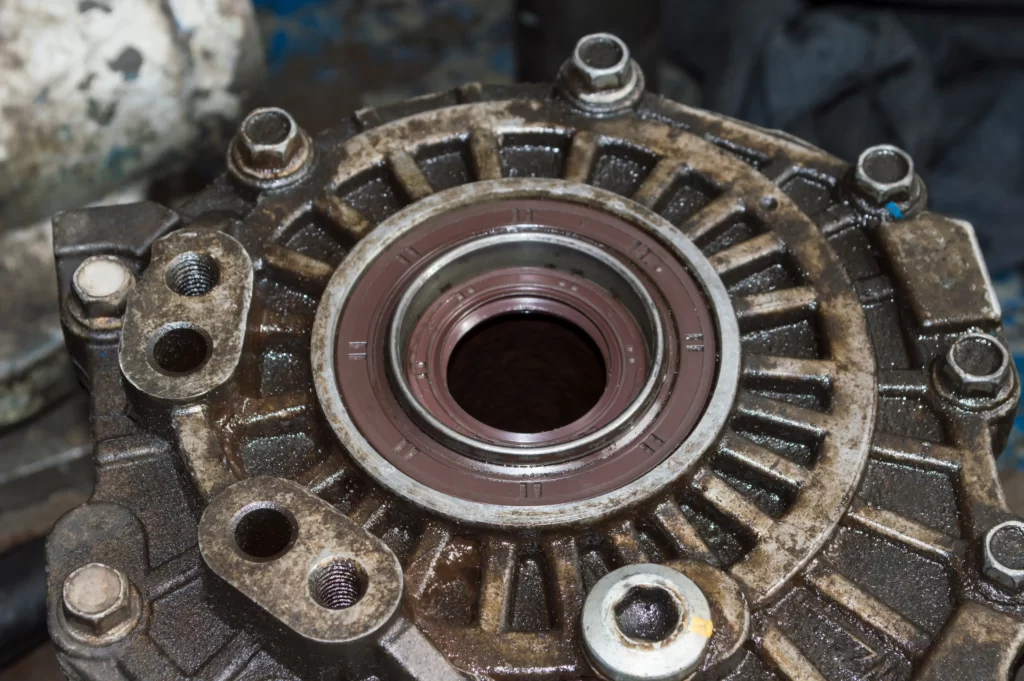
A vehicle’s transfer case output shaft seal is a small but crucial component that plays a significant role in the proper functioning of your vehicle’s four-wheel drive or all-wheel drive system, allowing you to drive properly in Wood River, IL. This often-overlooked part can cause a cascade of problems if it fails. In this comprehensive blog post, we will delve deep into the symptoms of a bad or failing transfer case output shaft seal and why it’s essential to address any issues promptly.
What Is a Transfer Case Output Shaft Seal?
Before we dive into the symptoms of a failing transfer case output shaft seal, let’s take a moment to understand what this component is and its role in your vehicle’s drivetrain.
The transfer case is a critical part of a four-wheel drive or all-wheel drive system. It’s responsible for distributing power from the transmission to both the front and rear axles, allowing all four wheels to receive power simultaneously. The transfer case output shaft seal is situated at the rear of the transfer case, where it connects to the driveshaft. Its primary function is to prevent lubricating oil from escaping the transfer case while keeping contaminants, such as dirt and moisture, out.
Symptoms of a Failing Transfer Case Output Shaft Seal
Now that we have a basic understanding of the transfer case output shaft seal, let’s explore the various symptoms that indicate it might be failing or in need of attention. Recognizing these signs early can save you from costly repairs and potential damage to your vehicle’s drivetrain.
- Leaking Fluid Underneath the Vehicle
One of the most obvious signs of a failing transfer case output shaft seal is the presence of leaking fluid underneath your vehicle. If you notice reddish or brownish fluid pooling beneath the transfer case or dripping onto the ground, it’s a clear indication that the seal is compromised. This leaking fluid is typically automatic transmission fluid (ATF) or gear oil, which are used to lubricate the internal components of the transfer case.
- Reduced Four-Wheel Drive Performance
If you frequently engage your vehicle’s four-wheel drive or all-wheel drive system and notice a reduction in performance, a bad output shaft seal might be the culprit. When the seal fails, it allows lubricating fluid to escape, leading to inadequate lubrication of the transfer case’s internal gears. This can result in increased friction and wear, causing a noticeable decrease in four-wheel drive performance.
- Unusual Noises While Driving
A failing transfer case output shaft seal can also manifest through unusual noises while driving. You may hear grinding, whining, or growling sounds coming from the transfer case area. These noises typically occur due to inadequate lubrication and increased friction within the transfer case, resulting from fluid loss caused by a faulty seal.
- Difficulty Shifting Gears
Another symptom of a failing output shaft seal is difficulty shifting gears. If you find it challenging to switch between two-wheel drive and four-wheel drive modes, it could be due to reduced lubrication in the transfer case. The lack of proper lubrication can lead to gear engagement problems, making it harder to shift into four-wheel drive when needed.
- Vibrations or Shuddering
When the transfer case output shaft seal fails, it can lead to vibrations or shuddering while driving, particularly when in four-wheel drive mode. This is often a result of increased friction and wear on the transfer case’s internal components due to insufficient lubrication. If left unaddressed, these vibrations can lead to more severe drivetrain issues.
- Visible Damage to the Seal
In some cases, you may be able to visually inspect the transfer case output shaft seal and identify visible damage. Look for cracks, tears, or signs of wear on the seal itself. If you notice any of these issues, it’s a clear indication that the seal needs replacement.
- Unusual Smells
A less common but still notable symptom of a failing seal is the presence of unusual smells. When the seal is compromised, it can allow ATF or gear oil to come into contact with hot drivetrain components, leading to a burning or acrid odor. If you notice any strange smells while driving, it’s essential to bring your vehicle to an auto body shop in Wood River, IL for them to investigate the source promptly.

Why Prompt Action Is Crucial
Now that we’ve explored the symptoms of a bad or failing transfer case output shaft seal, it’s crucial to understand why taking prompt action is essential. Ignoring these signs and neglecting necessary repairs can lead to a host of more severe issues and potentially costly consequences:
- Drivetrain Damage: Continued operation with a failing seal can result in damage to the transfer case and other drivetrain components. Repairing or replacing these parts can be significantly more expensive than addressing the seal issue early on.
- Reduced Safety: A compromised drivetrain can affect your vehicle’s stability and control, potentially compromising safety, especially in adverse road conditions.
- Decreased Fuel Efficiency: Increased friction and resistance in the drivetrain can lead to decreased fuel efficiency, costing you more at the pump over time.
- Expensive Repairs: Delaying necessary repairs can result in a domino effect, leading to multiple component failures and significantly higher repair costs.
If there is a problem with your vehicles transfer case output shaft seal, give our team at Marshall’s Transmissions a call today. The residents of Wood River, IL trust us for their auto repair needs.